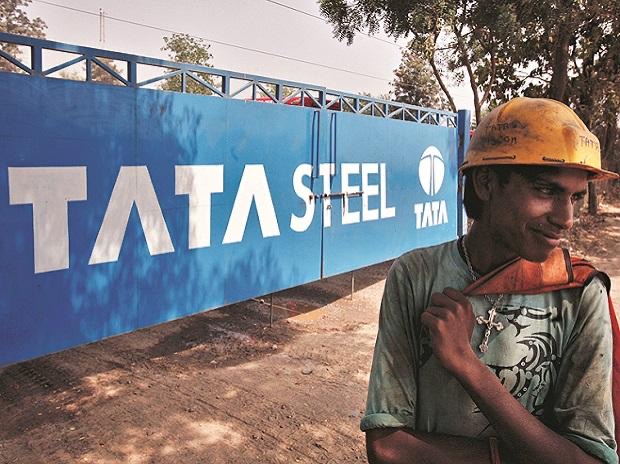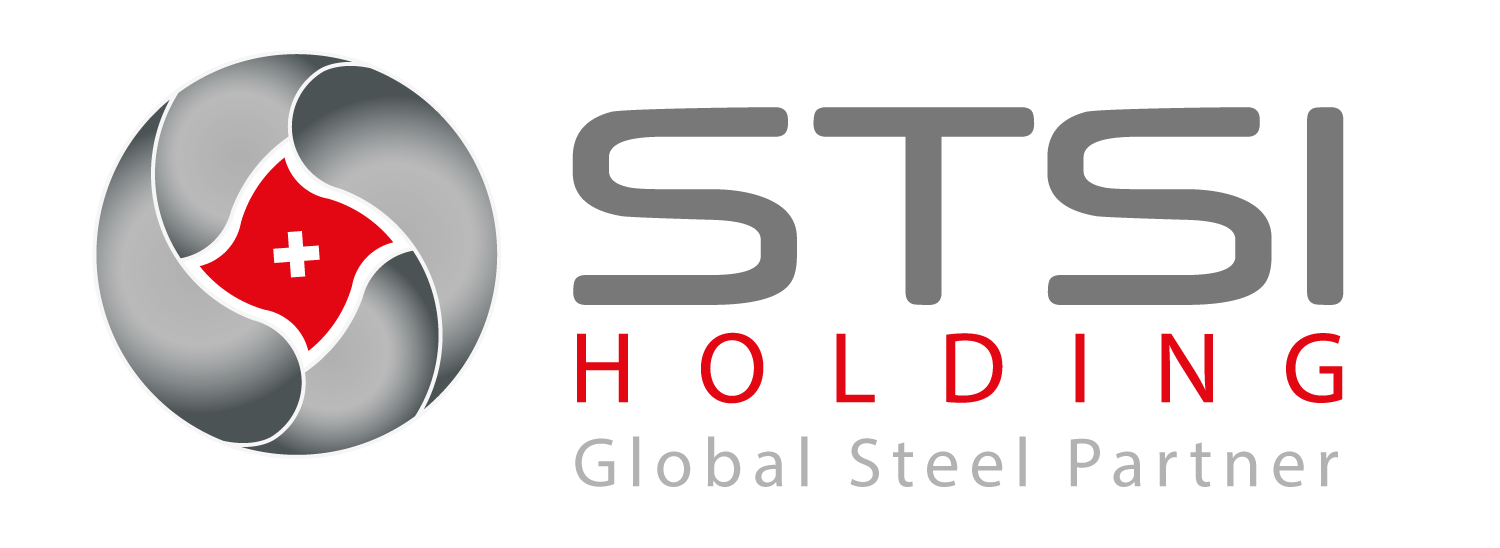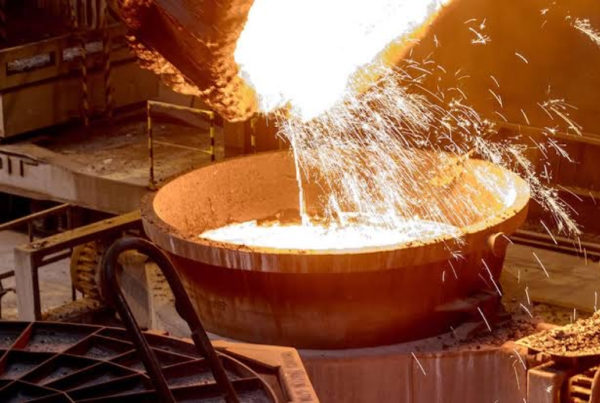
Foreign portfolio investors (FPIs) have increased their exposure in Tata Steel and Steel Authority of India Ltd (SAIL) since the rally in steel prices.
In Tata Steel, FPI holding was up by 5.69 per cent and in SAIL by 0.93 per cent between October and December; in JSPL and JSW Steel, it was marginally down by 0.72 per cent and 0.03 per cent, respectively.
While FPI holding in Tata Steel saw a sharp increase, overall institutional holding was up by just 1.33 per cent. All major steel companies, in fact, saw an increase in institutional holding; in JSW Steel, it was up 0.42 per cent, JSPL 0.99 per cent and SAIL 0.19 per cent.
The increase in exposure comes at a time when the sector is riding the commodity cycle; steel prices started increasing from July 2020 after India entered the unlocking phase, largely on the back of a recovery in domestic demand and surge in international prices.
This was reflected in a rally in steel stocks; in the last six months, the BSE Metal index appreciated by 76.74 per cent. Frontline steel stocks – Tata Steel, JSW Steel, JSPL and SAIL – rallied to fresh 52-week-highs on Monday.
JSW Steel recently completed purchase of Bhushan Power & Steel and is also looking forward to commissioning additional five million tonnes before June while steel prices are at multi-year high.
According to Isha Chaudhary, director, Crisil Research, China HR (hot rolled) FOB prices rose over 60 per cent over July 2020 to reach $735 per tonne in Mar 2021; domestic steel prices followed suit by rising over Rs 15,300 (41 per cent up) from July 2020 to reach Rs 53,000 per tonne in March 2021.
The major surge in steel prices, however happened post-October with prices touching an all-time high in January. The rally in domestic prices was softer post-January 2021 led by pressure from end-users.
But since the middle of March, prices started picking and prices of flat steel were increased by about Rs 4,000 in April.
Apart from global factors and domestic demand, input cost has also led to a steel price increase. NMDC’s iron ore prices (64 per cent Fe fines) saw a spike of 83 per cent over July 2020 to reach Rs 4,310 per tonne in Mar2021.
“This was led by a shortage in the merchant iron ore market owing to delay in starting operations of mines post Odisha auctions. Strong demand for iron ore led by revival in steel demand coupled with lower output by merchant players led to the supply crunch,” explained Chaudhary.
The months ahead also look strong. Chaudhary said, the price rally seen from second half of previous fiscal has more steam than expected.
“Prices will be particularly strong in Q1FY22 led by strong demand in China and domestic market and push from elevated iron ore and coking coal prices,” said Chaudhary.
Domestic steel mills are still operating at a discount to landed prices thereby leaving headroom for hikes. However, Chaudhary said, “While prices will soften sequentially from Q2FY22, however, it will remain higher on y-o-y basis for FY22.”
An ICICI Securities report cautioned that cyclicality will eventually manifest and higher prices will lead to demand destruction sooner than expected; regional demand disappointment will lead to the next round of steel price correction, it further said.




